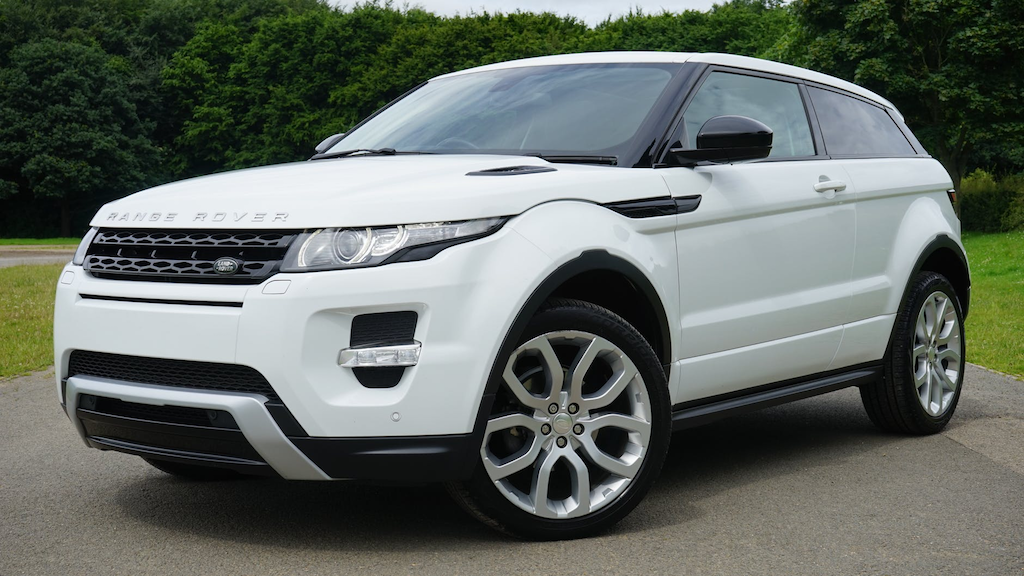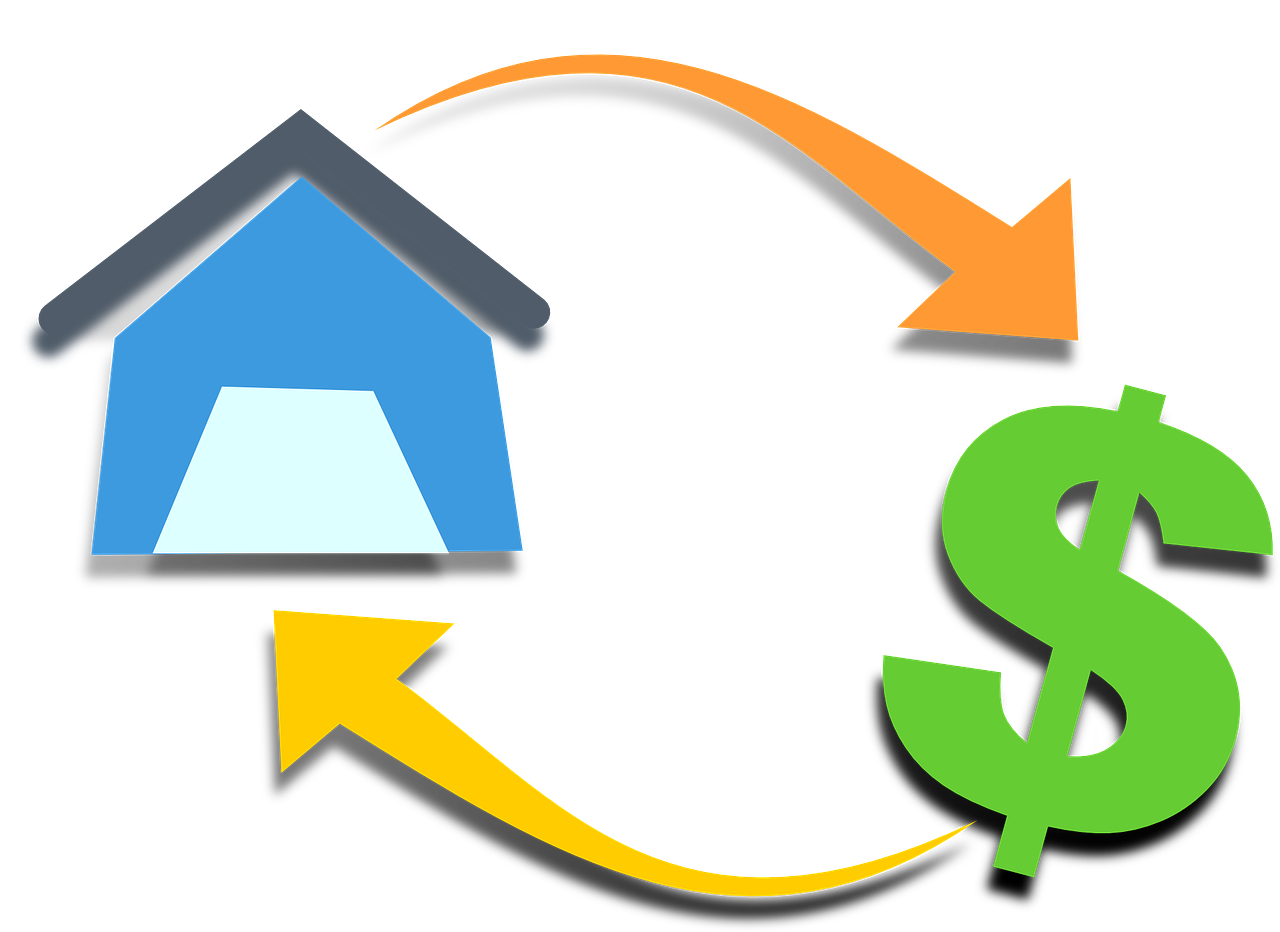
Leasing a car basically means borrowing a car for a limited amount of time for an agreed monetary value and then returning it back to the entity you borrowed it from. Leasing is a very common practice that goes back thousands of years; some clay tablets found in a Sumerian city had some evidential information about leasing practices a few thousand years ago. The first official leasing laws were literally set in stone by Hammurabi, the King of Babylon, many different regions in the world like Rome, Egypt, and Greece began officially to support leasing. The United States adopted leasing practices in the 1700s, where horses, buggies, and wagons were properties that could be leased. The popularity of leasing soared in the late 19th century; railroads, cars, trains, and even phone devices were being offered for leasing. Renting and leasing cars specifically started in 1941 with rules that were the foundation on which leasing cars was built on to this day. The American leasing business model was bound to move to Europe. It reached Western Europe first and then the Eastern side. The economic growth that spanned leasing companies over the world reached 110 billion dollars thanks to the business model that offered many advantages to both the lessee and the lessor. Most major car corporations began creating their own leasing companies; there were more than 1 million cars being leased in the US in the 1970s alone. Until the last economic recession in 2008, car leasing had a 22% share of the market, which gradually dropped after the recession from 16 million cars to 10 million. This doesn’t spell doom for the auto leasing market, as it’s making a strong comeback and dominated over 16% of the market.
In lieu of luxurious cars with expensive price tags like BMW, Mercedes, Cadillac, and many others, it’s only natural for them to tap into a huge and highly profitable market. Leasing became a very important marketing tool for them to offer their cars for those who are unable to put down big car loans. Monthly payments are slashed when a car is being leased instead of being bought. There are many variables that are considered to determine the value of the monthly payments for a leased car; price tag, leasing duration, long-term depreciation of the car, and interest rates. Some people prefer to buy a car after leasing it first since most lease periods are 36 months, a car’s value after this period is predetermined in the leasing contract. The residual value is a guessed expectation of the car’s value in the market after the contract duration is up, the value is usually between 40 to 60% of the original car value before the lease period. While it may share some similarities with buying the car when it comes to paying a down payment, but the main difference is that leasing offers a much lower down payment deal, which you could also increase or decrease depending on your budget plan. Leasing is also common for those who get bored quickly and would like to stay to newer models; it allows them to change their car every 2-3 years without having to pay a fortune. These are the core principles consumers base their plans to drive a car. We’ll be giving you a guide on how you can use this to your advantage when you’re a new auto leasing startup.
The Market Handicap
In a market dominated by big fishes, with a lot of leasing programs that own the majority of the consumer leasing sector, making it big won’t be easy. New businesses are going to compete with experienced and seasoned corporations to make a dent. The first thing new auto leasing startup need to understand is that leasing means financing, similar to the concept of a loan. Startup financing companies differ from most other startups in one major aspect, the capital. You’ll need to have access to a big amount of capital to be able to turn it into profit, and you should be in the long game because financing is all about long-term constant profit. It’s not common to have a vast amount of capital readily in your bank account waiting to be used. Usually, capital of this magnitude is obtained by recruiting investors. You’ll need to make sure you have a good head start. To sum it up, a financing company needs financing to take off. Make sure you have long-term access to funds that won’t only help you get your business off the ground, but also access to the sources needed to provide leasing services.

Profit Generation and Optimization
Profitability is the focal point of any business operation; it all boils down to maximizing revenue while reducing the costs spent to produce or provide a product or a service. In an extremely competitive market like auto leasing, your leasing price is dictated by the market, especially as an independent leasing company. Since leasing price is not the main controllable variable, you’ll need to focus on different variables that can seriously impact your profitability. The number of vehicles leased is a major component of your business plan to increase profit, as it becomes a multiplier of profit. Reducing costs should be the naturally-chosen direction as you begin to hone the business outlook and strategy.
There is no shortage of advertising campaigns and strategies, from traditional channels like posters to digital ones like social media. Cost reduction is a major player in advertising campaigns because if you pour too many resources with little to no strategic plan, you’re losing money without even getting something in return.
As a business, you should look for developing and seeking out relationships with major auto fleet managers to get access to discounted prices, in addition to having more than one provider for both short-term and long-term leased vehicles for the best offers. The people at LeaseCosts Canada Inc have been able to do that by partnering with the top Canadian Automotive Service providers. The ability to be a go-to person when matching buyers and sellers is vital.
Gathering Information about Competitors
Diving into a market without a clue about competitors is a fatal mistake in any business plan, no matter what type of business. Depending on your location, competition can vary from strong to weak. You should take into consideration when you’re assessing the competition factors like reputation, fleet size, and leasing offers. You can even visit competitors’ shops to see what the customer experience is like, what makes them attractive to consumers, the number and variation of cars available. When you’re a startup, you want to absorb as much knowledge and experience from the best, but as a competitor, you may have limited access regarding that aspect. You can have a conversation with someone in the auto leasing business who isn’t a competitor so you won’t be perceived as a threat to their business. Seasoned entrepreneurs usually have no problem sharing their experience as long as you’re not a direct competitor, in addition to gaining relations that can further the progress of your business and customer engagement.
Understanding the Legal Requirements
The most known legal requirement in setting up a private limited company is coming up with a name, that’s the easy part, usually chalked up to your business lawyer. You’ll need to make sure that your insurance covers your business in almost all sectors. When you rent an item to be used in your business, you’re liable for any damages that may happen to properties or to the item itself, your company’s insurance should include public liability. Most people would resort to a professional insurance broker to give them an overview of which type of insurance they should be investing in the most and how to make it affordable.
Finding the right attorney who specializes in business law is very important. You’ll definitely need a lawyer to form a corporation, patenting, litigation, or in the case of buying or selling a business. An attorney can help you navigate murky legal waters, especially if you don’t have a lot of experience with legal matters.

Franchising
Usually, in a competitive market with a lot of strong competitors, some businesses decide to join them instead of trying to beat them. Franchising isn’t exactly for everyone, some startups are looking for serious expansion and to assert their dominance in the big market, some are looking for sustainability and profit. If you find your business plan aligning toward aggressive expansion with capital to burn, franchising could be a setback; if you’re looking for the safest option with low failure rate, franchising can help you out.
Franchising comes with benefits such as connecting your small business to large and powerful networks. It’s a given that a franchise will help you become from inexperienced to seasoned in little time. If your capital didn’t turn out as much as you’d like it to be, you can still consider buying a franchise instead of starting your own business since they’re likely the cheaper option. You’ll need to prepare to be restricted in some sectors like the location of your business, the product specifications, supplier limitations. Bad performance of another franchise branch can make your company’s reputation vulnerable.
Developing a Business Plan
The business plan is the core of your business’s force and direction. Developing a sound business plan is the only way to turn your startup into a well-established business. Your plan defines the number of resources you have to direct to your business; it also has to take into consideration how to turn investments into successful business ventures. When you drive yourself to come up with a business plan, you find yourself in direct confrontation with your objectives and what could set you back.
This cold outlook of the objective of your business forces you to draw a long-term plan that can sustain it in the future. The development of a business time spans not only the beginning, but also most of the development period of your business. This means that communication between your partners is going to help create a realistic vision of the business’s future and what should be expected. Your employees will be able to work in sync as long as they can see where their work is redirected and its potential for improving the business.

Having the Right Cars
This point may seem intuitive, but you’d be surprised how many auto-lease companies don’t do it right. When you have new cars, you remove the downside of vehicular mishaps, but you increase the cost of buying your vehicles, which can limit the number that you have overall. Buying used cars also comes with its advantages like a less initial cost to purchase, but you need to know that used cars require constant service because they are prone to damage and they can easily affect the reputation of your auto lease business. The balance between the right amount of used and new cars should be carefully assessed depending on your audience, location, and market prices. Some companies choose to replace their cars after 2-3 years of usage; this comes off as a strong message about the quality of the cars you have; making a profit of the cars after sale depends on the state of the car. A lease takeover increases the probability that a buyer will end up purchasing the car if your drivers treat the car well. Selling it will still make a profit, in addition to saving you the cost of maintenance and repair of the cars, it would be profitable if you customize your marketing plan to attract experienced drivers to keep your cars in good shape.
Starting any business isn’t easy; it takes constant dedication to plan a business plan and go through with it. The auto lease market is an unforgiving market due to the big whales that drive its momentum. When you’re a small business, the risk is high; you’ll have to find ways to accurately gauge your competitor’s points of strength and weakness. Remember that an auto lease startup is similar to any business venture. You need to become passionate enough about your approach so you could pull off the business plan you have in mind. Being able to identify a niche and pursue demography that you know about is the secret to making it big.









